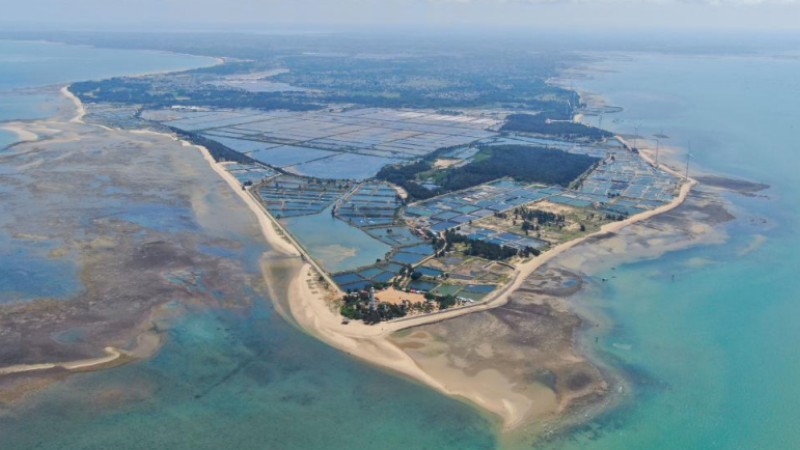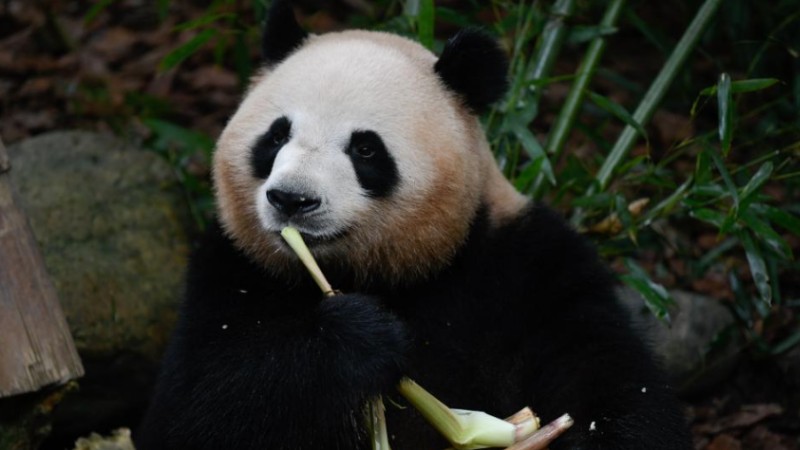Cotton farmers taking to the skies with drone technology
URUMQI, May 31 (Xinhua) -- Yang Haoran's job is probably every little boy's dream: the young technician spends most of his days flying unmanned aerial vehicles (UAVs) over the vast croplands in northwest China's Xinjiang Uygur Autonomous Region.
Since the spring sowing of cotton seeds commenced in the northern areas of Xinjiang, Yang has been fully occupied with operating his fleet of drones, which are capable of covering over 200,000 square meters of cotton fields.
His UAVs are now used instead of tractors to spray fertilizer, pesticide and defoliant in cotton and wheat fields, according to Yang, a post-90s skilled worker based in Shawan City, a major cotton-producing area in northern Xinjiang with about 1,167 square kilometers of cotton fields.
The use of drones saves farming time, labor and water, and costs less than tractors, said Yang.
"A single drone with a payload of 40 kilograms can handle more than 666,667 square meters of cotton farm in a day. Some drone operators can earn about 200,000 yuan (about 28,200 U.S. dollars) a year," he said.
A YOUNG COTTON FARMER'S DREAM
Yang was born into a family of cotton farmers and spent his childhood playing in the cotton fields. He witnessed how hard his parents had to work using traditional farming methods, as well as how automation has boosted productivity and saved labor.
After he finished university, Yang returned to his hometown to become a cotton farmer himself. However, his experience has been very different from his parents and grandparents: he manages over 200,000 square meters of cotton fields and always seeks new ways to improve efficiency through technological innovations.
In 2018, he saw the great business potential of using drones in farming and set up his own company, which employs 13 drone operators, all of whom are post-90s workers like Yang himself. "We are like a big family, with members from different ethnic groups including Han, Hui and Kazak," Yang said proudly.
In peak growing seasons, they deftly maneuver their drones over the fields, while in the off-seasons, they train local farmers to operate UAVs. Over the past three years, Yang's team has trained hundreds of local farmers to operate agricultural drones, with all training expenses covered by the local government.
"This will enable more farmers to acquire new technologies and utilize modern equipment, allowing them to keep pace with the advancements in modern agriculture and increase their income," he said.
Yang's dream does not end there. He has recently taken up a precision farming project, which uses drones to collect data for spectral analysis, and transmit real-time data on crop growth and soil moisture to the irrigation and fertilizer equipment for precision agriculture.
About 90 percent of China's total cotton output comes from Xinjiang, a region that takes up one sixth of the country's territory.
Apart from drones, Xinjiang also employs satellite navigation and large-scale agricultural machines to boost cotton production. Data from the region's agriculture and rural affairs authorities shows 90 percent of the cotton cultivation and harvest is carried out by machines.
Photos
Related Stories
Copyright © 2023 People's Daily Online. All Rights Reserved.









